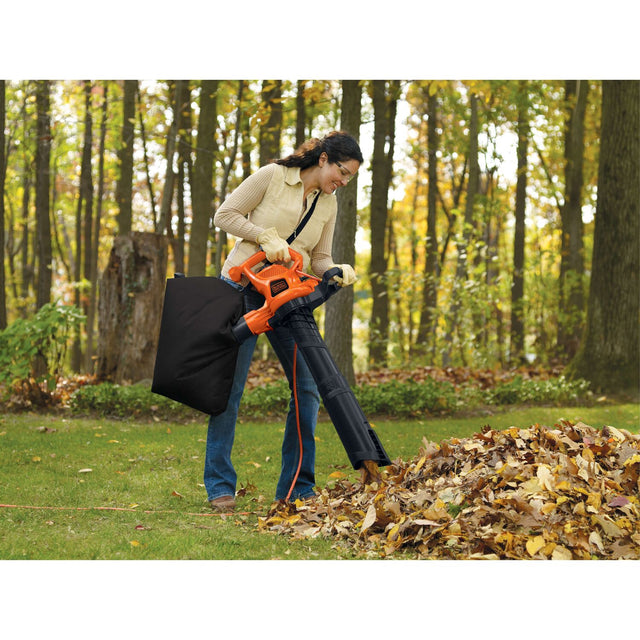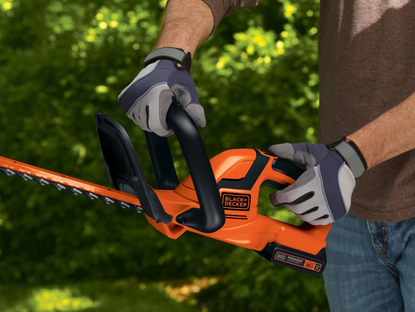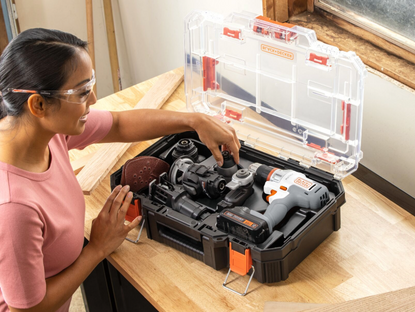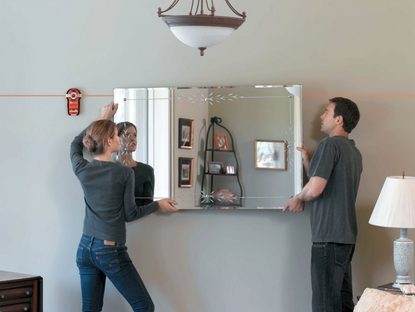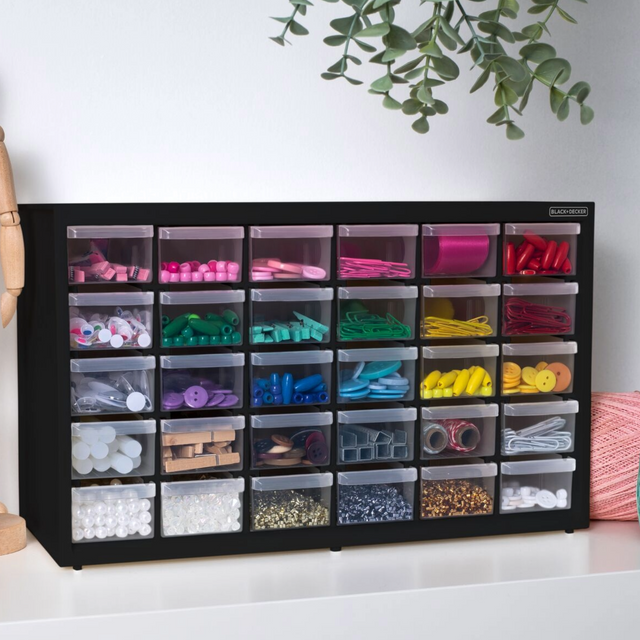What are the different types of sanders and how are they different?
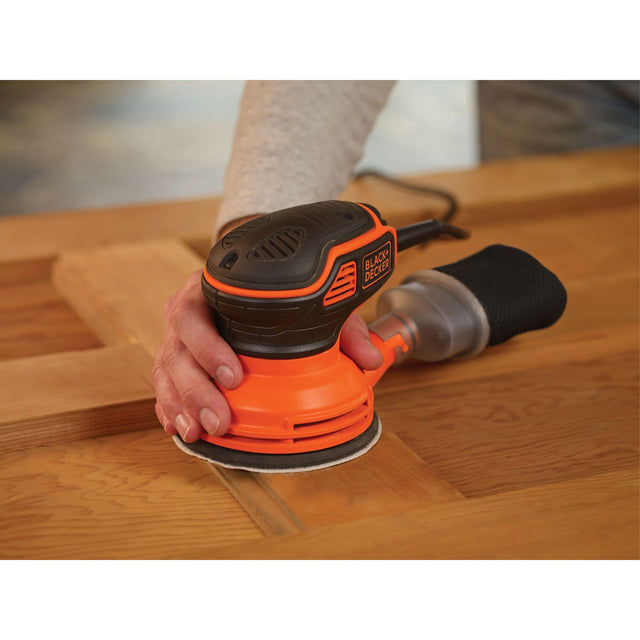
There are several different types of sanders, each designed for specific applications and with unique features. Here are some of the most common types of sanders:
1. Belt Sander: This sander uses a continuous loop of sandpaper wrapped around two drums. It is ideal for heavy material removal and large surface areas, such as sanding floors or removing paint from wooden surfaces.
2. Orbital Sander: Also known as a finishing sander, it features a square or rectangular sanding pad that moves in small orbital motions. Orbital sanders are great for fine finishing and smoothing surfaces, and they are available in both palm and random orbital variations.
3. Random Orbital Sander: This sander combines both orbital and rotary movements, resulting in a random pattern. It is versatile and suitable for various sanding tasks, including removing paint, smoothing surfaces, and preparing wood for finishing.
4. Detail Sander: As the name suggests, this sander is designed for detailed work in tight spaces. It has a small triangular sanding pad that can reach corners and edges that other sanders may struggle to access.
5. Disc Sander: Disc sanders have a round sanding pad that rotates rapidly. They are commonly used for shaping and smoothing wood, as well as removing paint or varnish from flat surfaces.
6. Drum Sander: This sander uses a rotating drum covered with sandpaper to sand large surfaces, such as floors. It is typically used for heavy-duty sanding and material removal.
7. Spindle Sander: Spindle sanders have a rotating spindle with different-sized sanding sleeves. They are primarily used for sanding curved or irregularly shaped surfaces, such as chair legs or curved edges.
8. Mouse Sander: A mouse sander, also known as a detail sander or corner sander, is a small handheld power tool used for sanding in tight or hard-to-reach areas. It gets its name from its compact size and the shape of its sanding pad, which resembles a computer mouse.
Each type of sander has its own advantages and is suited for specific tasks. It's important to choose the right sander based on the project requirements, the type of material being worked on, and the desired finish.
